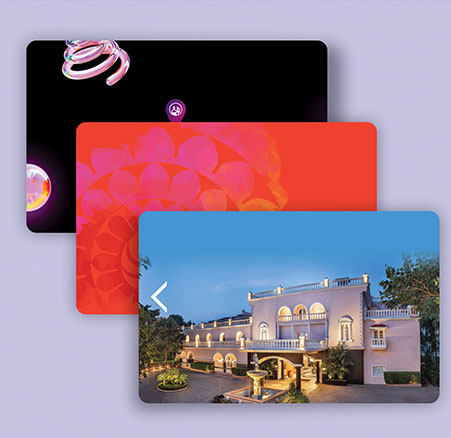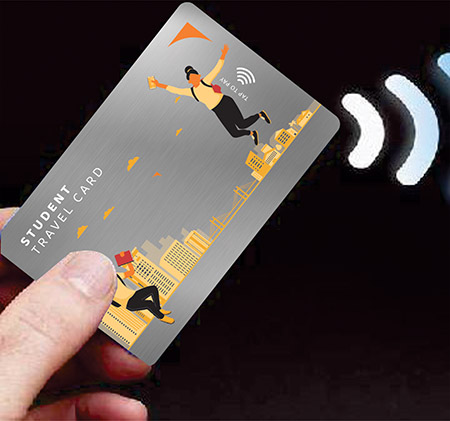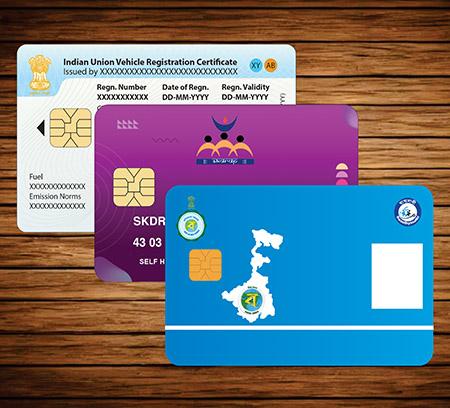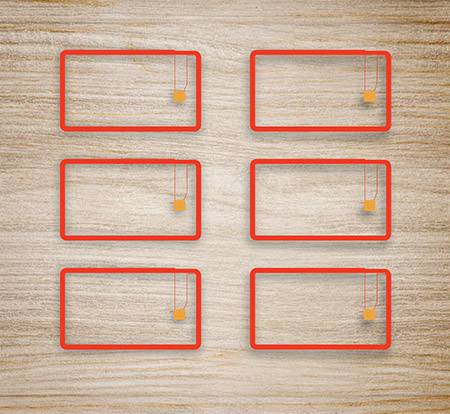
Products

Plastic Cards
At ID Smart we manufacture plastic cards PVC adhering to ISO Standards. Our cards are manufactured using PVC, PET-G, or PC as base materials and offer customization options. Whether it's exclusive designs, branding, or special features, we provide tailormade products to meet your precise needs.
Contactless Smart Cards
Contactless smart cards represent a high point of convenience and security. The contactless smart cards are made using copper antenna and use PVC, PET-G or PC as base material. We manufacture these cards with chip from Global OEM partners using SCOSTA CL, Java, Desfire, Mifare to name a few. These cards are used for multiple application like secure access control, Mobility, Identity exemplifying our undertaking to deliver products that combine technology with ease of use.


Smart Cards Contact
Contact-based smart cards represent a significant technological leap in secure data storage and access control. These cards are manufactured using both PVC, PET-G and PC as base materials, guaranteeing durability and resilience. We use chips from global OEM partners having card operating systems like SCOSTA & Java, to create smart cards that cater to varying needs. This multifaceted combination makes them suitable for a wide range of applications.
Dual Interface Inlays
Dual Interface Inlays are the gold standard for advanced FinTech card technology. Our inlays support multiple applications on a single card, including secure payments and disparate FinTech functionalities. We support global card manufactures with DI Inlays for banking cards and for payment wearables


Contactless Card Inlays
We manufacture contactless inlays using chips from our global OEM partners. The inlays seamlessly integrate modules and chips compatible with SCOSTA CL, Desfire, Mifare, Java, and more. The key features include robust security with advanced encryption, high-speed data transfer capabilities, and adaptability to various applications. Whether enhancing secure access control, streamlining transportation systems, reshaping retail and payments, powering loyalty programs, or optimizing healthcare operations, our Contactless Inlays redefine the boundaries of convenience and security across numerous sectors. We provide these card inlays to global card manufacturers.
Electronic Passport Inlays
ID Smart manufactures Electronic Passport Inlays that adhere to the rigorous standards set by the International Civil Aviation Organization (ICAO). These inlays represent the forefront of secure and efficient passport technology, taking care that travellers’ information is not only readily accessible but also protected to the highest international standards. With a commitment to ICAO compliance, our inlays contribute to the seamless and secure movement of individuals across borders, setting new benchmarks in electronic passport inlays.

 Whats app
Whats app